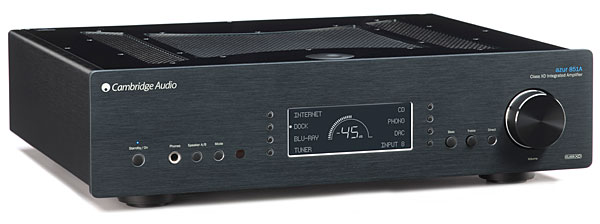| Columns Retired Columns & Blogs |
I mean, the first sample did not work, the second had problems in the right channel. And these are samples send to reviewers, not purchased by the unsuspecting customer.
I know they are making them in China but for close to $2k I certainly expect better QC!










































